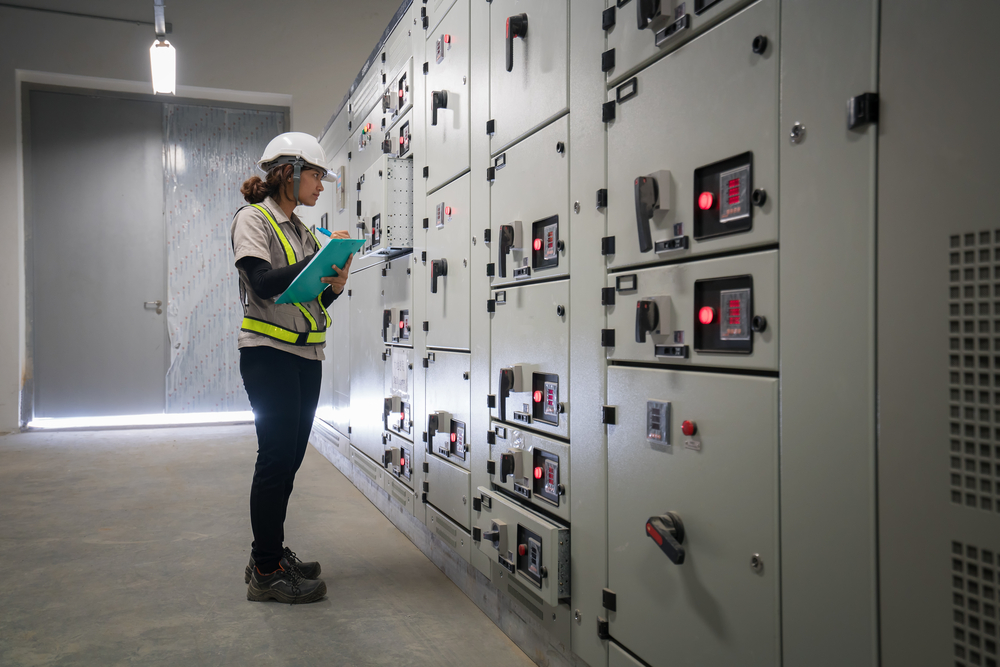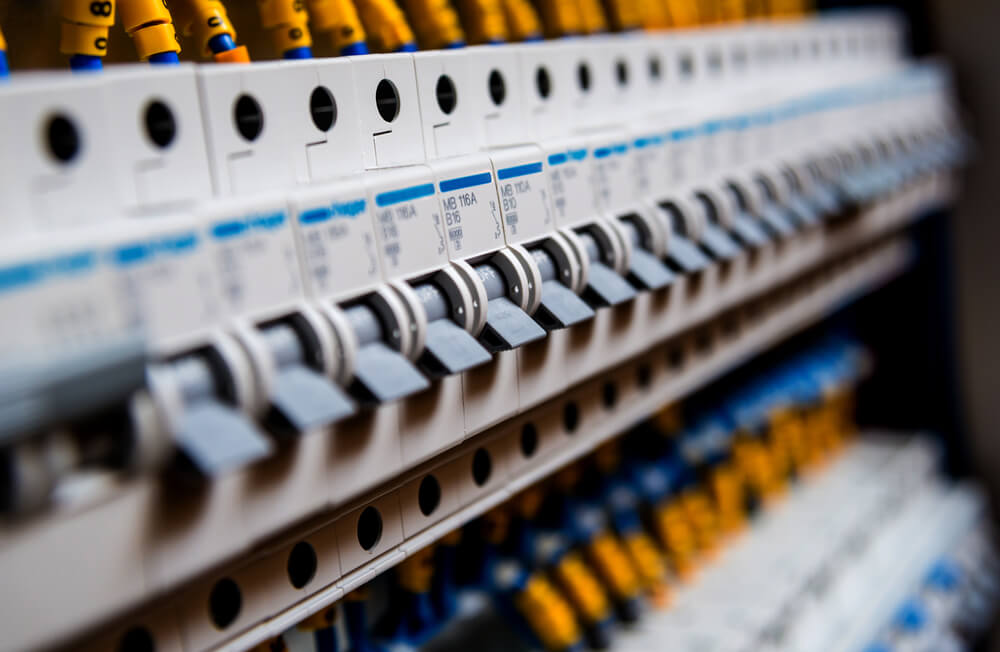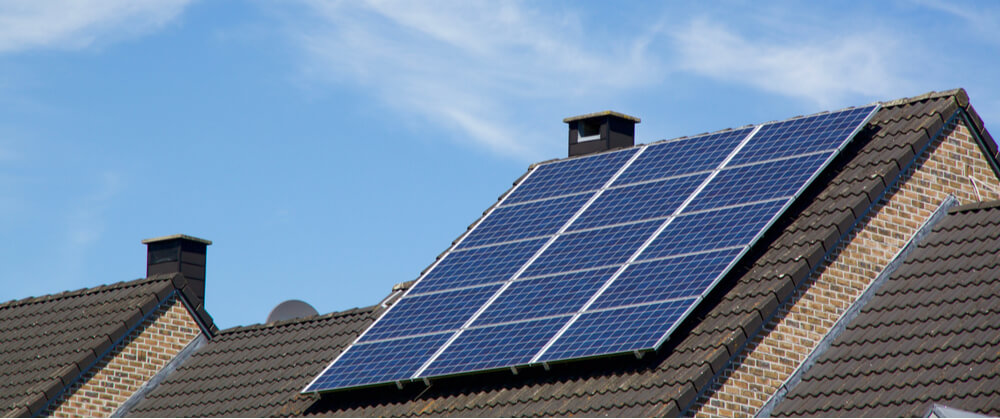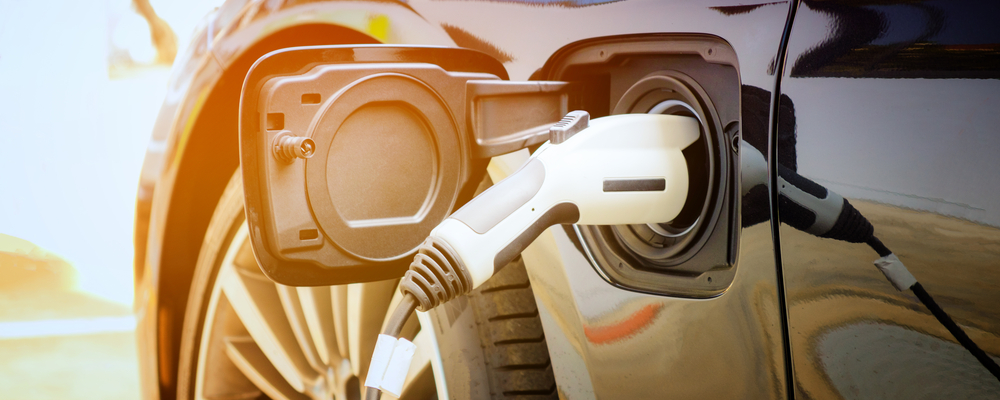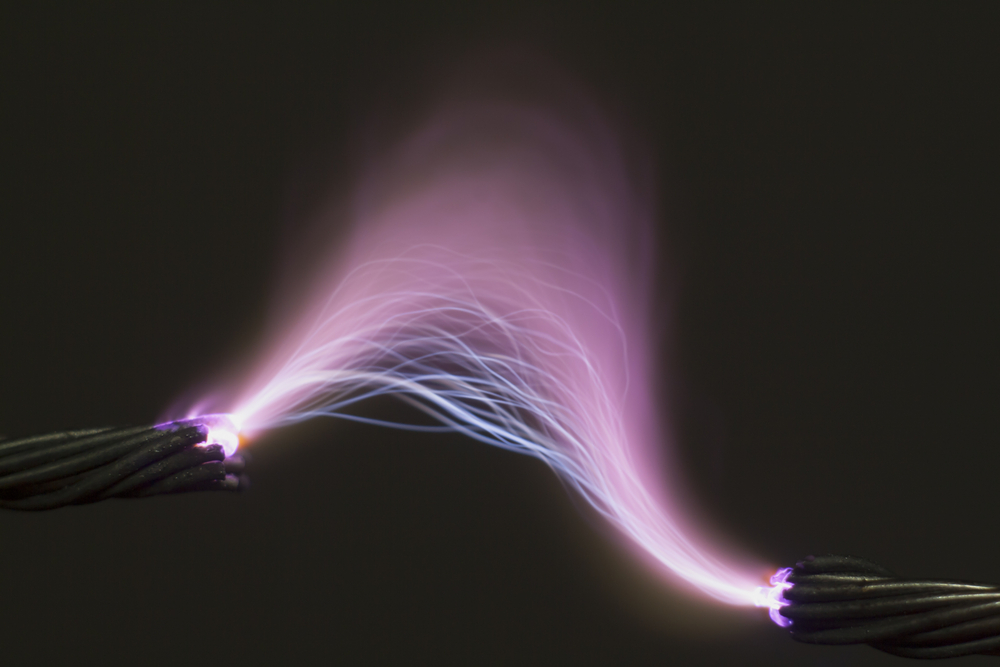The 18th Edition, 18 months on…
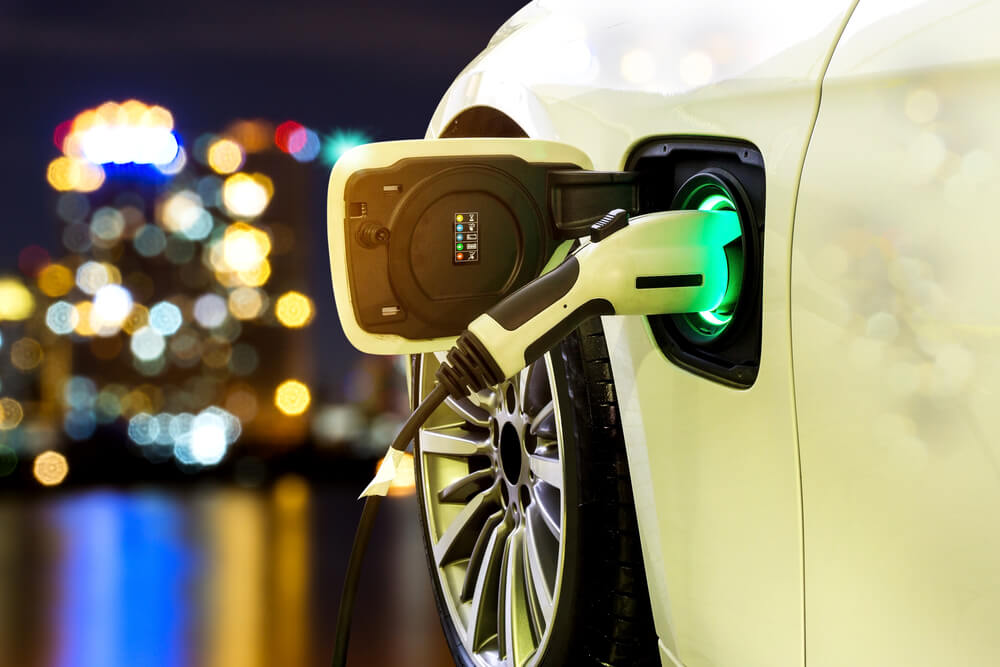
The 18th Edition of the Wiring Regulations was released only 18 months ago, but this is soon to be amended - with February 2020 being a potential launch date.
Amendment 1, ECAtoday readers may be pleased to learn, is solely focused on section 722: electrical vehicle charging installations. It is a response to changes in technologies that are now available which enable the increased roll-out of safe and practical electric vehicle charge points (EVCPs).
Aside from several minor alterations, the main change to 722 is in 722.411.4.1. This lists the exemptions for when a PME earthing facility may be used as the means of earthing the protective conductor contact of a charging point, if located outdoors or when it might reasonably be expected to be used to charge a vehicle located outdoors.
What does the Amendment say?
Option (iv) has been added to the section, and it states that:
(iv) Protection against electric shock in a single-phase installation is provided by a device, or means of functionality included within the charging equipment, which electrically disconnects the vehicle from the charging point within 5 seconds in the event of the utilisation voltage at the charging point, between the line and neutral conductors, being greater than 253 V rms or less than 216 V rms.
For the purposes of this requirement, “electrically disconnects” means that the line, neutral and protective conductors are disconnected in accordance with Regulation 543.3.3.101(ii).
The device or means of functionality shall provide isolation and be selected in accordance with Table 537.4.
Fundamentally, this exemption regarding earthing is a major change, as it allows for simplified connections of EVCPs and in many cases removes the need for the onerous installation of earth electrodes. Although these enable a suitably low resistance and provide a functional earthing system, as required in 722.411.4.1(ii) or when used in 722.411.4.1 (iii) as an earth reference, they could disrupt hidden underground services.
Minor changes also include rephrasing of the calculations in Annex A722, which is intended to make them more universally understood. Information regarding RCDs has been removed from 722.531.2 and is now in 722.531.3, along with additional references to type F RCDs, which can be used in combination with a residual direct current detecting device (RDC-DD) - which as the name suggests works specifically with regards to DC.
Overall, ECA welcomes this amendment as it will help to increase deployment of safe EVCPs in this fast-growing area, potentially increasing installer business and crucially, increasing public confidence in the EV revolution.
For more information about the 18th Edition and ECA practical guides, visit www.eca.co.uk/Project18.
Are you up to date with ECAtoday?
ECAtoday is the official online magazine of ECA and reaches thousands of people within the electrotechnical and engineering services industry.









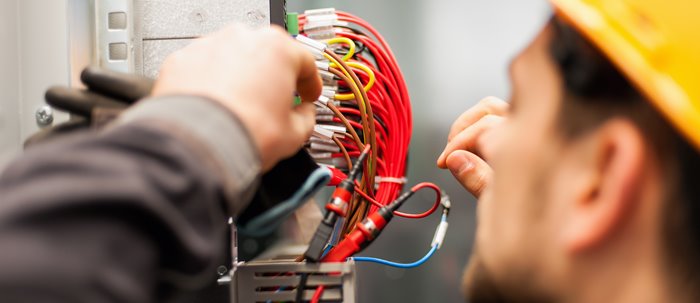
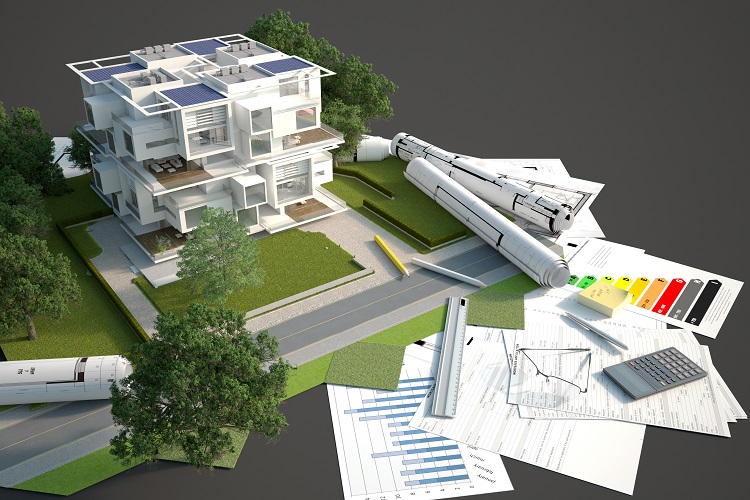

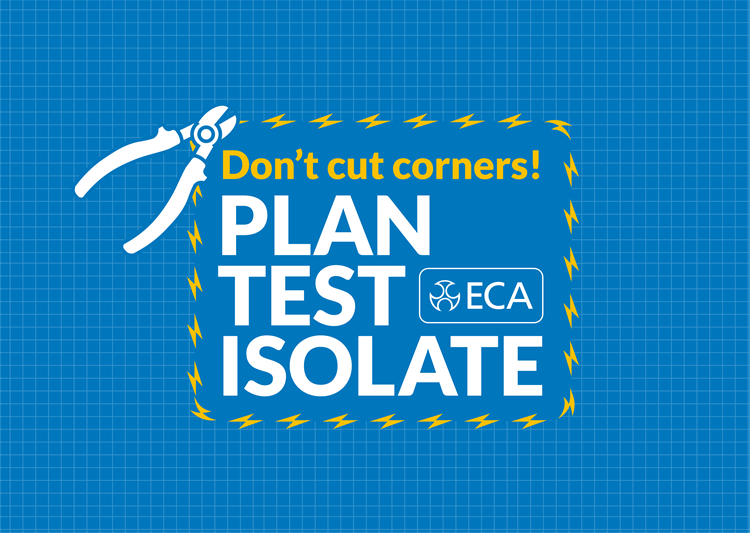

.jpg?width=1000&height=667&ext=.jpg)
